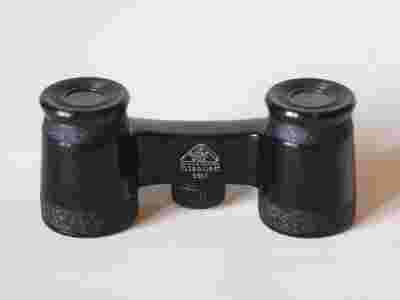

Inside this range, the airplane is considered to be inherently stable, which is to say that it will self-correct longitudinal (pitch) disturbances without pilot input. diminishes, reducing the inherent stability of the airplane and in the extreme going negative and rendering the airplane longitudinally unstable see the diagram below.Īccordingly, the operating handbook for every airplane specifies the range over which the c.g. is too far aft, the moment arm between it and the a.c. and the c.g.), and if too far forward will cause the airplane to be difficult for the pilot to bring nose-up as for landing. moves forward, the airplane becomes more stable (greater moment arm between the a.c. of an airplane typically does not change with loading or other changes but the c.g. the Quickie, it is between the two wings because the aft wing is so large. In conventional aircraft, this point is aft of, but close to, the one-quarter-chord point of the wing. multiplied by their blended moment arms and divided by their areas, in a manner analogous to the method of locating the c.g. The aerodynamic centre (a.c.) of the airplane can be located approximately by taking the algebraic sum of the plan-view areas fore and aft of the c.g. is established by the design of the airplane and influenced by its loading, as by payload, passengers, etc. The longitudinal static stability of an aircraft is significantly influenced by the distance (moment arm or lever arm) between the centre of gravity (c.g.) and the aerodynamic centre of the airplane. Some advanced aircraft have a form of low-negative stability called relaxed stability to provide extra-high maneuverability. Some aerobatic and combat aircraft have low-positive or neutral stability to provide high maneuverability. Most successful aircraft have positive longitudinal stability, providing the aircraft's center of gravity lies within the approved range. It will be necessary for the pilot devote more effort, make more frequent inputs to the elevator control, and make larger inputs, in an attempt to maintain the desired pitch attitude. The pilot of an aircraft with negative longitudinal stability has a more difficult task to fly the aircraft. The pilot of an aircraft with positive longitudinal stability, whether it is a human pilot or an autopilot, has an easy task to fly the aircraft and maintain the desired pitch attitude which, in turn, makes it easy to control the speed, angle of attack and fuselage angle relative to the horizon. Unlike motion about the other two axes and in the other degrees of freedom of the aircraft (sideslip translation, rotation in roll, rotation in yaw), which are usually heavily coupled, motion in the longitudinal degrees of freedom is planar and can be treated as two-dimensional. Similarly, a small decrease in angle of attack will create a positive (nose-up) pitching moment so that the angle of attack increases. If an aircraft is longitudinally stable, a small increase in angle of attack will create a negative (nose-down) pitching moment on the aircraft so that the angle of attack decreases.

One important aspect of the handling qualities of the aircraft, it is one of the main factors determining the ease with which the pilot is able to maintain trim. The longitudinal stability of an aircraft, also called pitch stability, refers to the aircraft's stability in its plane of symmetry, about the lateral axis (the axis along the wingspan). It is sufficient that the speed and orientation do not continue to diverge but undergo at least a small change back towards the original speed and orientation. The aircraft has zero stability.įor a vehicle to possess positive static stability it is not necessary for its speed and orientation to return to exactly the speed and orientation that existed before the minor change that caused the upset. If such a change causes no tendency for the vehicle to be restored to its original speed and orientation, and no tendency for the vehicle to be driven away from its original speed and orientation, the vehicle is said to be neutrally stable.If such a change causes further changes that tend to drive the vehicle away from its original speed and orientation, the vehicle is said to be statically unstable.If such a change causes further changes that tend to restore the vehicle to its original speed and orientation, without human or machine input, the vehicle is said to be statically stable.Three cases for static stability: following a pitch disturbance, aircraft can be either unstable, neutral, or stable.Īs any vehicle moves it will be subjected to minor changes in the forces that act on it, and in its speed.


 0 kommentar(er)
0 kommentar(er)
